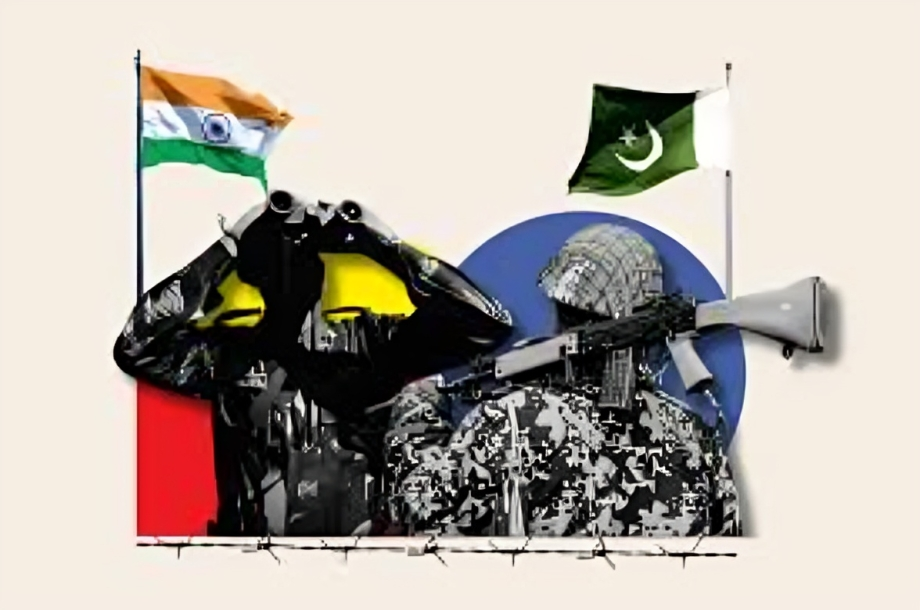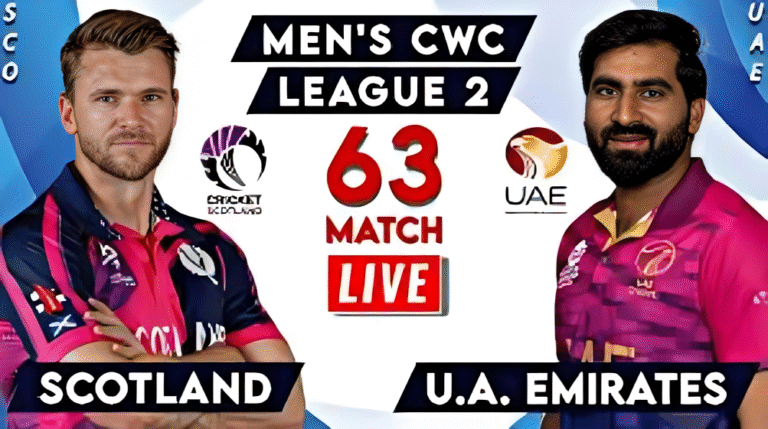The conflict between Pakistan and India has a long and complicated history. These two nations, which gained independence from British rule in 1947, have fought multiple wars and have had many tense moments over the years. Their disputes mostly revolve around territory, especially the region of Kashmir, which both countries claim. In this article, we’ll explore the history, causes, and consequences of the wars between Pakistan and India.
Background of the Conflict
The roots of the Pakistan-India conflict go back to the time of British colonial rule in South Asia. When India gained independence in 1947, it was divided into two separate countries—India and Pakistan. The partition was meant to create a homeland for Muslims (Pakistan) and Hindus (India), but the division was messy, leading to violence and mass migration.
One of the main issues from the start was the region of Kashmir. When the princely state of Kashmir had to choose whether to join India or Pakistan, its Hindu ruler chose India, despite the fact that the majority of the population was Muslim. This sparked anger in Pakistan, which also claimed Kashmir as part of its territory.
The First War (1947-1948)
The first major conflict between India and Pakistan broke out shortly after their independence. Pakistan sent troops into Kashmir to support the Muslim population’s demand to join Pakistan, while India rushed in to defend its newly acquired territory. This led to a war that lasted from 1947 to 1948. The war ended with a ceasefire brokered by the United Nations. Kashmir was divided into two parts: one controlled by India and the other by Pakistan. The ceasefire line became known as the Line of Control (LoC).

The Second War (1965)
The second war between India and Pakistan occurred in 1965. The main cause was again the Kashmir issue, with both countries claiming the region as their own. The conflict started when Pakistan launched Operation Gibraltar, a plan to infiltrate Indian-held Kashmir and support the local insurgents. India responded by attacking across the international border.
The war lasted for about two weeks, and both sides suffered heavy losses. Eventually, both countries agreed to a ceasefire with the help of international pressure. The war did not change the status of Kashmir, but it heightened tensions between the two nations.
The Third War (1971)
In 1971, a major war broke out between India and Pakistan, but this time, the conflict had a different cause. East Pakistan (now Bangladesh) wanted independence from West Pakistan, and India supported the independence movement. Pakistan responded by launching military operations against East Pakistan, which led to a full-scale war.
India intervened to help the Bengali independence movement, and after several weeks of fighting, Pakistan surrendered. This war led to the creation of Bangladesh, which became an independent country. It also marked a major defeat for Pakistan and further strained its relations with India.
The Kargil War (1999)
The most recent full-scale conflict between India and Pakistan occurred in 1999 in the Kargil region, located in the disputed Kashmir area. Pakistani soldiers and militants infiltrated the Indian side of the Line of Control, sparking a brief but intense war. India quickly mobilized its forces and drove the Pakistani troops back.
The war ended with another ceasefire, but it showed how easily the situation in Kashmir could lead to another major conflict. The Kargil War was significant because it was the first war between the two countries after they both became nuclear-armed in 1998.
The Nuclear Factor
Both India and Pakistan developed nuclear weapons in the late 1990s, adding a dangerous dimension to their rivalry. A nuclear conflict between the two countries could have catastrophic consequences for the region and the world. This has made the possibility of a large-scale war less likely, but tensions still remain high.
Ongoing Tensions
While major wars have been rare since 1999, Pakistan and India continue to have disputes. The situation in Kashmir remains unresolved, and both countries have had skirmishes and military standoffs along the Line of Control. The threat of war is always present, especially during times of political instability.
In addition to military tensions, the two countries have had diplomatic issues, including border disputes, terrorism, and accusations of support for insurgents. Despite multiple peace efforts, the rivalry between India and Pakistan is one of the longest-standing conflicts in the world.
Efforts for Peace
There have been several attempts to resolve the conflict peacefully, including talks and agreements brokered by international organizations like the United Nations. There were some periods of improved relations, such as during the 1990s when both sides engaged in dialogue. However, these peace efforts have often been interrupted by violence, terrorism, and political changes.
Both countries have large military forces, and the presence of nuclear weapons makes any conflict between them particularly dangerous. Many international actors, including the United States, China, and others, have tried to mediate peace, but a lasting solution remains elusive.
Conclusion
The history of the Pakistan-India wars is one of deep-rooted political, religious, and territorial tensions. While there have been moments of peace, the underlying issues, particularly the Kashmir dispute, continue to fuel animosity. The nuclear threat makes the situation even more dangerous, and a full-scale war between these two nations would have devastating consequences.
For lasting peace to be achieved, both Pakistan and India will need to address their differences through diplomacy, compromise, and trust-building. Until then, the relationship between these two countries will likely remain fragile, with the potential for conflict always lingering.







